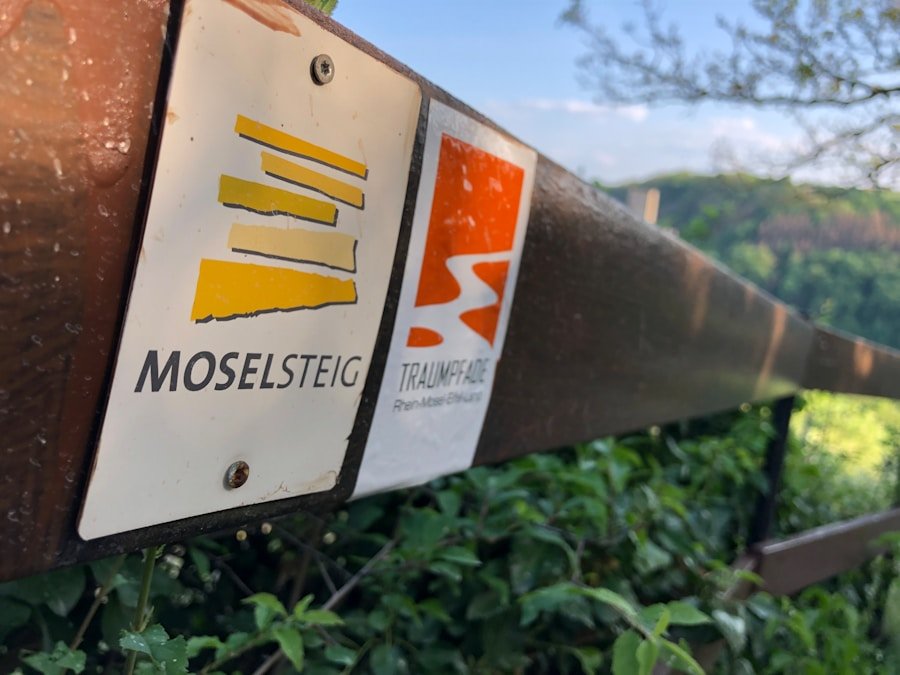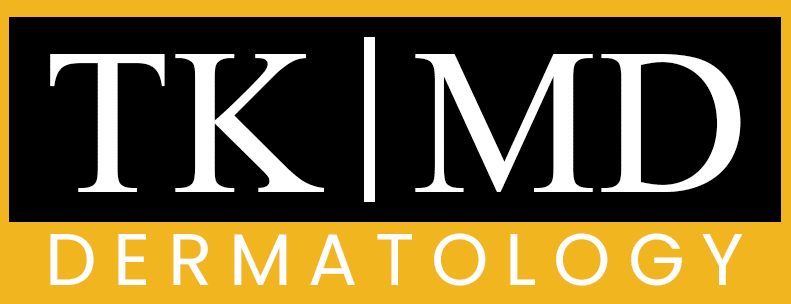Skin protection is a critical aspect of overall health and wellness that often goes overlooked. The skin, being the largest organ of the human body, serves as a barrier against environmental hazards, pathogens, and harmful UV radiation. It plays a vital role in regulating body temperature and maintaining hydration.
However, exposure to the sun’s ultraviolet rays can lead to skin damage, premature aging, and an increased risk of skin cancer. The World Health Organization has reported that skin cancer is one of the most common forms of cancer globally, with millions of new cases diagnosed each year.
This alarming statistic underscores the necessity of proactive skin protection measures.
Moreover, skin protection extends beyond just shielding oneself from the sun. It encompasses a holistic approach that includes proper skincare routines, regular dermatological check-ups, and awareness of changes in the skin’s appearance. For instance, the American Academy of Dermatology recommends monthly self-examinations to identify any new moles or changes in existing ones.
This vigilance can be life-saving, as early detection of skin abnormalities significantly increases the chances of successful treatment. Therefore, understanding the importance of skin protection is not merely about aesthetics; it is a fundamental aspect of maintaining long-term health.
Key Takeaways
- Understanding the Importance of Skin Protection:
- Skin protection is crucial for preventing skin cancer and other skin conditions.
- Regular skin checks can help detect potential issues early on.
- What is MoleSafe and How Does it Work?:
- MoleSafe is a comprehensive skin surveillance program that uses advanced technology to monitor and track changes in moles and skin lesions.
- It involves a thorough examination and imaging of the skin to create a baseline for future comparisons.
- The Benefits of Using MoleSafe for Skin Protection:
- MoleSafe provides peace of mind by detecting potential skin issues at an early stage.
- It offers a personalized approach to skin surveillance, tailored to individual risk factors and needs.
- Who Should Consider Using MoleSafe?:
- Individuals with a family history of skin cancer or a personal history of atypical moles should consider MoleSafe.
- People with fair skin, a history of sunburns, or frequent sun exposure can benefit from MoleSafe.
- How to Get Started with MoleSafe:
- Getting started with MoleSafe is as simple as scheduling an appointment at a MoleSafe facility.
- The process involves a comprehensive skin examination and imaging session.
What is MoleSafe and How Does it Work?
MoleSafe is an innovative skin monitoring system designed to provide individuals with a comprehensive assessment of their skin health, particularly focusing on moles and other pigmented lesions. The system employs advanced imaging technology to capture high-resolution images of moles, which are then analyzed by dermatologists trained in dermatoscopy. This process allows for a detailed examination of the moles’ characteristics, such as color, shape, and size, which are critical factors in determining whether a mole is benign or potentially malignant.
The MoleSafe system operates on the principle of early detection and prevention. By utilizing digital imaging and sophisticated algorithms, it can track changes in moles over time. Patients are encouraged to undergo regular screenings, which can help identify any concerning changes that may indicate the onset of skin cancer.
The data collected during these screenings is stored securely, allowing for easy comparison during future assessments. This proactive approach not only empowers individuals to take charge of their skin health but also facilitates timely intervention when necessary.
The Benefits of Using MoleSafe for Skin Protection

One of the primary benefits of using MoleSafe is its ability to provide peace of mind. For individuals with a family history of skin cancer or those who have numerous moles, the anxiety surrounding potential skin issues can be overwhelming. MoleSafe alleviates this concern by offering a reliable method for monitoring skin changes.
Regular check-ups can help individuals feel more in control of their health, knowing that they are taking proactive steps to safeguard their skin. Additionally, MoleSafe enhances the accuracy of mole assessments compared to traditional visual examinations. Dermatologists often rely on their experience and intuition when evaluating moles; however, this method can sometimes lead to misdiagnoses.
MoleSafe’s advanced imaging technology provides a more objective analysis, reducing the likelihood of false positives or negatives. This precision is particularly crucial for early-stage melanoma detection, where timely intervention can significantly improve outcomes. Furthermore, the convenience of having a digital record of one’s moles allows for better tracking and management over time.
Who Should Consider Using MoleSafe?
| Who Should Consider Using MoleSafe? |
|---|
| Individuals with a personal or family history of skin cancer |
| People with a large number of moles or atypical moles |
| Those who have had significant sun exposure or sunburns |
| Individuals with fair skin, light hair, or light eyes |
| People who work outdoors or spend a lot of time in the sun |
MoleSafe is particularly beneficial for individuals at higher risk for skin cancer due to various factors. Those with a family history of melanoma or other skin cancers should consider regular screenings as part of their health regimen. Additionally, individuals with fair skin, light hair, and light eyes are more susceptible to UV damage and should be vigilant about monitoring their skin health.
People who have numerous moles or atypical moles—those that differ in color or shape from standard moles—are also prime candidates for MoleSafe assessments. Moreover, anyone who spends significant time outdoors or engages in activities that increase sun exposure should consider using MoleSafe as a preventive measure. This includes outdoor workers, athletes, and even recreational sunbathers.
The cumulative effects of UV exposure can lead to long-term skin damage and increase the risk of developing skin cancer later in life. By utilizing MoleSafe’s services, these individuals can take proactive steps to monitor their skin health and mitigate potential risks associated with sun exposure.
How to Get Started with MoleSafe
Getting started with MoleSafe is a straightforward process that begins with scheduling an appointment at a participating clinic or dermatology office that offers the service. During this initial visit, patients will undergo a comprehensive skin examination where their moles will be documented through high-resolution imaging technology. It is advisable for patients to prepare for this appointment by noting any changes in their moles or any new growths they may have observed since their last check-up.
Once the initial assessment is complete, patients will receive personalized recommendations based on their individual risk factors and mole characteristics. This may include suggestions for follow-up appointments or additional screenings if any concerning changes are detected. Patients are encouraged to maintain an open line of communication with their healthcare providers regarding any new developments in their skin health between appointments.
This proactive engagement ensures that any potential issues are addressed promptly.
The Process of MoleSafe and What to Expect

Full-Body Examination
Following the consultation, the dermatologist uses specialized imaging equipment to capture detailed images of each mole. These images are then analyzed using advanced software that highlights any irregularities or changes in mole characteristics.
Comprehensive Report and Follow-up Care
After the imaging session, patients receive a comprehensive report detailing the findings from their examination. This report includes information about each mole’s characteristics and recommendations for follow-up care if necessary. Patients may also receive educational materials on how to perform self-examinations at home and tips for protecting their skin from UV damage.
Empowering Patients
The entire process is designed to be informative and reassuring, empowering patients to take an active role in managing their skin health.
Tips for Maintaining Healthy Skin After Using MoleSafe
Maintaining healthy skin after utilizing MoleSafe involves adopting a comprehensive skincare routine that emphasizes protection and hydration. One essential tip is to apply broad-spectrum sunscreen daily, regardless of weather conditions or planned outdoor activities. Sunscreen should have an SPF of at least 30 and be reapplied every two hours when outdoors or after swimming or sweating.
This practice helps shield the skin from harmful UV rays that can lead to premature aging and increase the risk of skin cancer. In addition to sun protection, individuals should prioritize hydration by drinking plenty of water and using moisturizers suited to their skin type. Hydrated skin is more resilient and better equipped to repair itself from environmental damage.
Regular exfoliation can also promote healthy skin by removing dead skin cells and encouraging cell turnover. Furthermore, individuals should be vigilant about monitoring their moles between appointments, noting any changes in size, shape, or color and reporting these changes to their dermatologist promptly.
Frequently Asked Questions about MoleSafe
Many individuals have questions regarding the MoleSafe process and its effectiveness in promoting skin health. One common inquiry pertains to how often one should undergo MoleSafe screenings. While recommendations may vary based on individual risk factors, most dermatologists suggest annual screenings for those at higher risk for skin cancer and every two years for those with lower risk profiles.
Another frequently asked question concerns the safety and comfort level associated with the imaging process. Patients often wonder if the procedure is painful or invasive; however, MoleSafe assessments are non-invasive and typically painless. The imaging equipment used is designed to capture detailed images without causing discomfort to the patient.
Additionally, some individuals may be curious about how long it takes to receive results after an assessment. Generally, patients can expect to receive their reports within a few days following their appointment, allowing them to stay informed about their skin health status promptly. In summary, MoleSafe offers a comprehensive approach to monitoring skin health through advanced imaging technology and expert analysis.
By understanding its importance and benefits, individuals can take proactive steps toward protecting their skin and reducing their risk of developing serious conditions like melanoma.
If you are concerned about skin cancer and early detection, you may also be interested in learning about Molesafe, a comprehensive skin cancer screening program. Early detection is key to beating skin cancer, as discussed in this article. Molesafe offers thorough skin examinations to identify any suspicious moles or lesions that may indicate skin cancer.
Additionally, if you are looking for solutions to dark spots and hyperpigmentation, you may find offset){jQuery('.progress-wrap').addClass('active-progress')}else{jQuery('.progress-wrap').removeClass('active-progress')}});jQuery('.progress-wrap').on('click',function(e){e.preventDefault();jQuery('html, body').animate({scrollTop:0},duration);return!1})})

